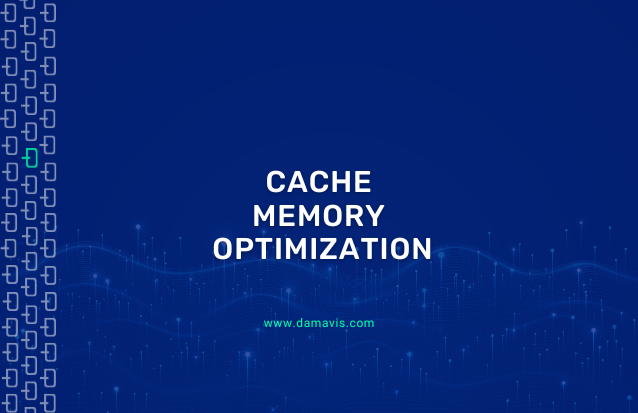At Damavis we work hand in hand with our clients to design Big Data and Artificial Intelligence technological solutions.
And not only we do it by developing the project that the client proposes us from the beginning, but we study carefully the context and the situation where it is to raise other possible improvements that can bring an added value to your product.
The current situation
In this case, our client is a company in the tourism sector that had acquired a number of new companies and was going to receive a large volume of traffic on its website search engine.
This search engine was delivering results in response times of a few seconds and, with the addition of the new companies and the consequent increase in traffic to the site, the company did not know if it could continue to deliver the same performance.
The challenge
Our first objective was to understand and estimate the volume of traffic and determine whether the search engine would be able to support the response times required in the online world with the increasing number of users making requests to the website.
To do this, we analysed all the traffic that was coming to the site and drew conclusions about what could be done to improve the performance of the site.
After this initial analysis, we determined that the most appropriate thing to do was to set up a cache system adapted to the needs of the company, which was optimized for the type of traffic they had, and which was capable of supporting the avalanche of requests they were going to receive.

The solution and the added value
We set up a cache system that was capable of receiving more than 50,000 requests per minute with response times of less than 200 milliseconds, allowing the company to handle this heavy workload without having to modify its availability engine.
But not only did we optimize the cache, we also built an entire data storage architecture at the same time.
Therefore, we generated a Data Lake where we could store all this information, which allowed us to analyse the type of data they had and train a Machine Learning model to predict demand. At the same time, this prediction helped us to maintain optimal response times in the cache, as we had already cached the data that users were going to request.
On the other hand, the analysis of the Data Lake data also allowed us to work on a second model that was able to predict when suppliers made price changes in their products, which made it possible to further improve the performance of the cache.
The results
The development of this project divided into two phases (optimization of the cache and construction of a Data Lake) achieved a 95% improvement in the efficiency of the cache memory, reduced the number of requests to the supplier by 45% and considerably improved the traffic that the company generated towards its suppliers.

In this way, together with our client, we have managed to develop a solution that has considerably improved its operations and adopt a Data Driven strategy, making decisions based on what the data says.
Video
Take a look at the real case explained by David Martin, CEO at Damavis, on our YouTube channel. Don’t forget to enable English subtitles.

